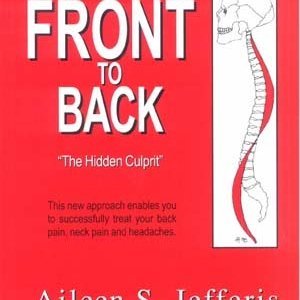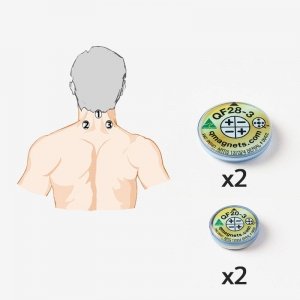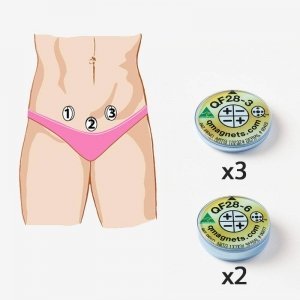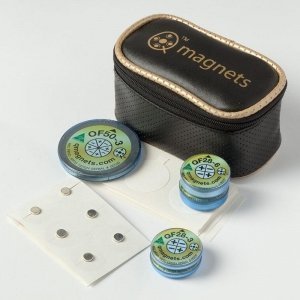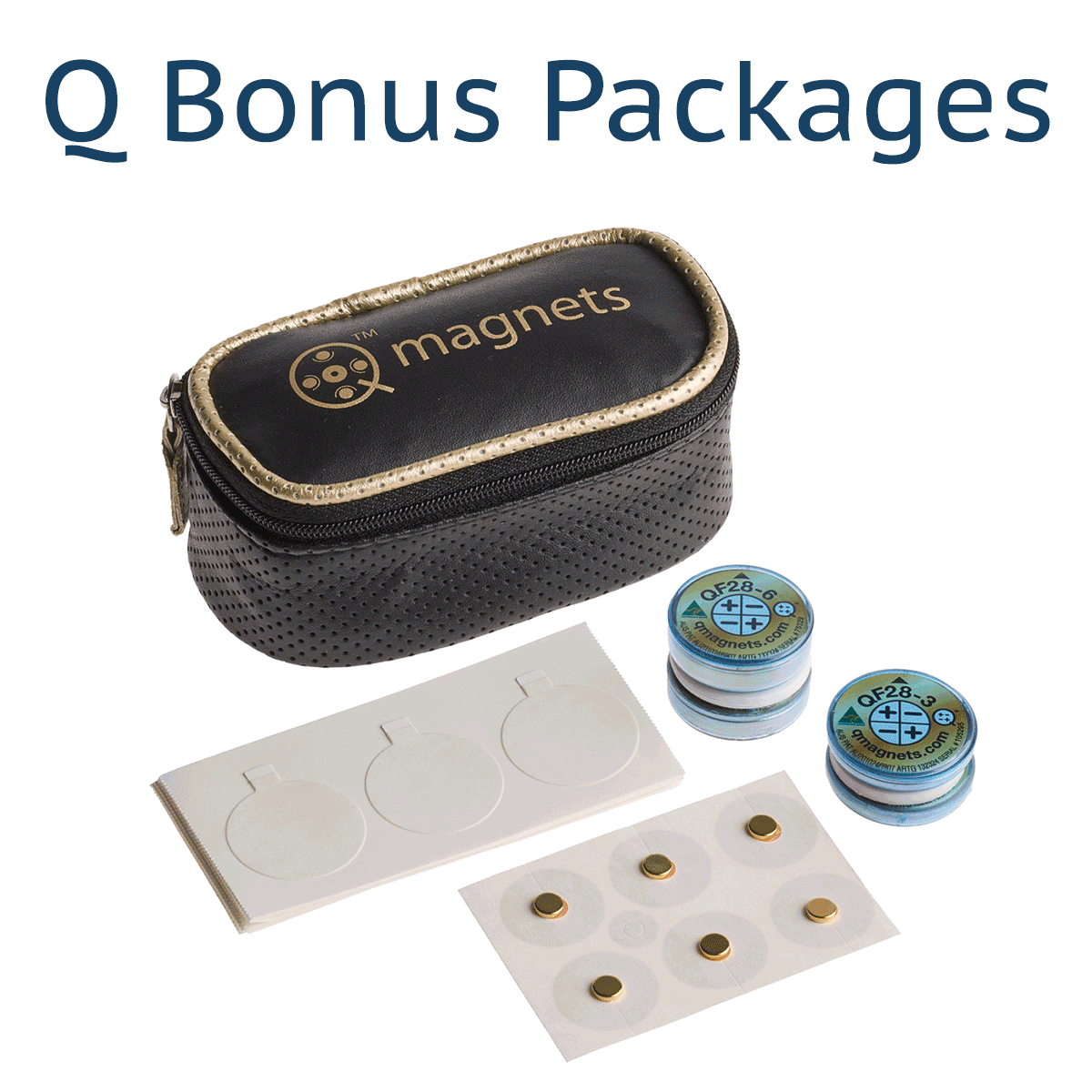A recent study published in Brain Sciences explored the impact of 20 sessions of low-frequency repetitive transcranial magnetic stimulation (rTMS) on patients with fibromyalgia, revealing significant improvements in cognitive and psychiatric functions compared to a sham treatment group. This finding highlights the potential benefits of noninvasive brain stimulation techniques, such as rTMS, in managing complex conditions like fibromyalgia, which is characterized by widespread pain, fatigue, and cognitive impairments.
rTMS and Fibromyalgia
The study focused on administering rTMS over the right dorsolateral prefrontal cortex (DLPFC) and assessed the outcomes using various scales, including the Fibromyalgia Impact Questionnaire (FIQ), Hamilton Depression Rating Scale (HDRS), and Hamilton Anxiety Rating Scale (HARS). Results indicated that the active rTMS group experienced significantly greater improvements in FIQ scores and cognitive tests, such as the Rey Auditory Verbal Learning Test (RAVLT) and the Tower of London test (TOL), compared to the sham group.
Static Magnets and Chronic Pain Management
While rTMS is a promising technique, static magnets offer an even simpler and more affordable alternative, noninvasive therapy. Q magnets, a specific type of static magnet, are designed to target pain by producing a precise magnetic field configuration. These magnets can be used in various forms, such as magnetic mattress pads and individual devices, to provide relief from pain conditions, including fibromyalgia.
Q Magnets: Mechanism and Benefits
Q magnets work by generating a static magnetic field that influences the body’s nervous system. This effect can help reduce pain and inflammation, improve blood circulation, and promote healing. The unique multipolar design of Q magnets creates steep magnetic field gradients that penetrate deeply into the tissues, offering targeted pain relief.
For example, magnetic mattress pads embedded with Q magnets can help improve wellbeing during sleep, aiding in the management of conditions like fibromyalgia. The pads are designed to cover a large area of the body, ensuring that the therapeutic magnetic field is applied consistently throughout the night. This can help alleviate pain, improve sleep quality, and enhance overall well-being.
Comparing rTMS and Q Magnets
While both rTMS and Q magnets offer noninvasive solutions for managing fibromyalgia symptoms, they operate through different mechanisms. rTMS focuses on repetitive stimulation to modulate brain activity and improve cognitive and psychiatric functions, whereas Q magnets target localized pain relief through static magnetic fields. Both therapies have shown promise in clinical studies and can be considered complementary approaches to a comprehensive pain management plan.
In conclusion, the recent study on rTMS underscores the potential of brain stimulation techniques in treating fibromyalgia, while Q magnets offer a viable alternative for pain relief. Integrating these therapies could provide patients with a multifaceted approach to managing their symptoms and improving their quality of life.
References:
Badr, M.Y., Ahmed, G.K., Amer, R.A., et al. (2024). Impact of Repetitive Transcranial Magnetic Stimulation on Cognitive and Psychiatric Dysfunction in Patients with Fibromyalgia: A Double-Blinded, Randomized Clinical Trial.





